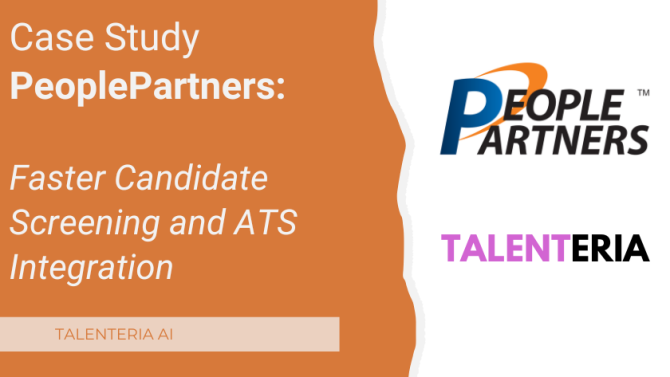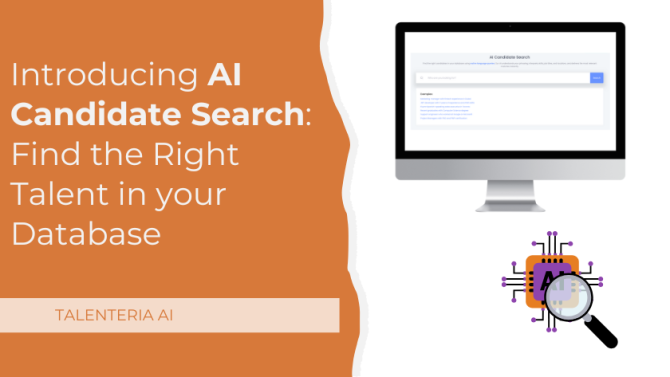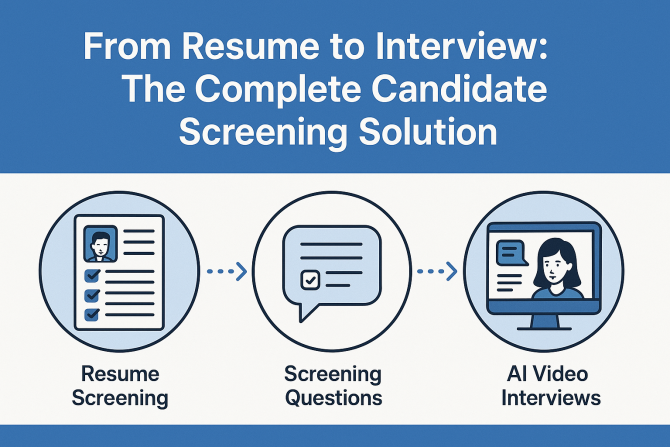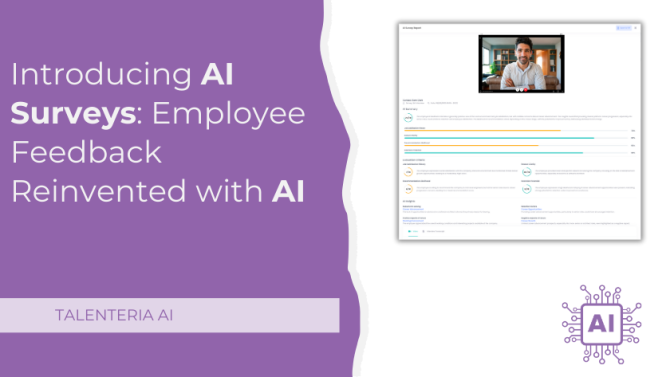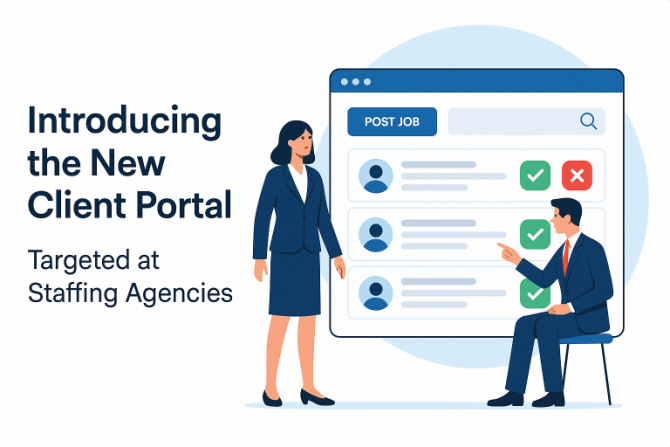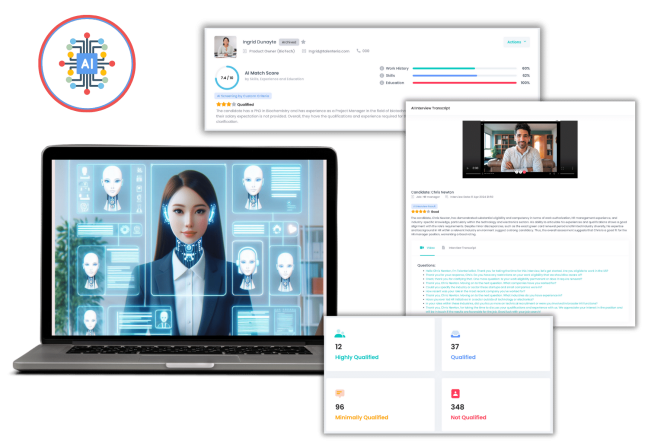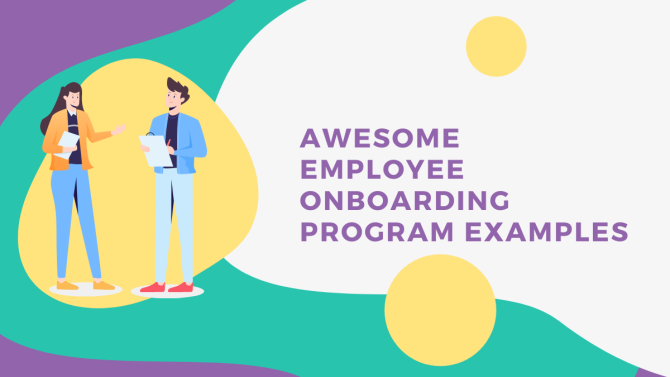
Onboarding new employees is a process of often underestimated importance. Getting new hires started and on the right track from the get-go is essential for several reasons. An effective onboarding experience can:
- Boost employee engagement and team morale
- Reduce uncertainty and the number of mistakes
- Bolster efficiency and productivity
- Increase employee retention
- Enhance company reputation
- Improve company culture
The best onboarding programs ease new employees into their new roles by equipping them with everything they need to thrive at their new company – it’s a win-win situation. So, prep your new hires for success, and they will give you loyalty and productivity in return. This article will look at some of the best onboarding process examples to inspire your own!
What Kind of Employee Onboarding Works Well?
We have researched and examined the best onboarding programs from top companies and have noted the most commonly used and effective aspects amongst them. Here they are in no particular order:
1. A Warm Welcome
Make the first day count with a great first impression. A fantastic way to embrace new hires into the fold is to do something in line with your company culture to welcome them. This could be anything from having a meet-and-greet lunch with free food provided to throwing an all-out office party.
Online collaboration and project management service Wrike and web hosting company Digital Ocean are two of many companies that ensure all eyes are on new employees on their first day. Wrike has even been known to through large parties for every 50th new edition to their roster, where everyone in the building is invited to sip some champagne. Both companies emphasized decorating the workspace of their latest recruit with balloons and other eye-catching adornments.
This is meant to make it easier for everyone else in the office to locate the newbies and say their hellos and introductions. Showering them with attention and warm welcomes from both colleagues and senior members of staff ensures new team members feel valued and accepted.
Almost all companies hand out welcome packs that typically contain some merchandise, such as pens, mugs, and T-shirts with their company logo. Large companies will provide technical equipment such as laptops and tablets that are already set up with company software and ready to use for work.
2. Clear Roadmap
All the best onboarding programs provide a clear roadmap to newcomers. As part of the process, the roadmap could be delivered to them in introductory presentations by the CEO or other senior management staff, followed by small or one-to-one sessions.
It is near impossible for new hires to meet expectations if they aren’t sure what these expectations are in the first place! Therefore, it is vital that expectations and responsibilities for the role are made clear at the onset. Performance goals must also be communicated well, and a timeline for the performance evaluation should be made known to give new hires structure and a direction to work towards.
In addition to understanding their new roles, it is also the responsibility of the company to make sure new employees fully understand company regulatory compliances. This includes things like data protection, confidentiality regulations, and health and safety guidelines.
Furthermore, research has shown that general corporate and medical benefits programs are the most misunderstood parts of the onboarding process. Therefore, these benefits must be carefully and thoroughly explained.
A trusty employee handbook or manual is usually included in welcome packs. These often contain information already covered during presentations but in further detail and will also have other necessary information such as various procedural instructions and contact details of essential personnel.
LinkedIn takes it a step further and supplies their new recruits with a ‘90-day New Hire Onboarding Plan’. This is a week-to-week guide to help them transition into the role smoothly. By knowing exactly what to expect and when to expect it, new employees will feel fully prepared and have a better understanding of the following weeks to come.
3. Buddy Systems
Various top companies like Quora have found it invaluable to pair up new hires with members of their existing workforce. These staff members could be people the new hires will be working closely with or simply just in the same department. They will have extensive knowledge of their assignee’s new role and will be well-versed in company operations and policies.
The buddy system or mentorship program is a great way to get other employees involved in showing newbies the ropes. New employees will feel a part of the team instantly and can feel connected to the company and their colleagues right from the start.
Buffer, a leading social media management software company, is also an advocate for mentorship programs, and they implement a three-buddy system. Their six-week onboarding program - or “Bootcamp experience,” as they like to call it – involves having three buddies assigned to a new recruit, all with different roles: A Leader Buddy, a Role Buddy, and a Culture Buddy.
Regular communications and check-ins are essential for a good buddy system. New employees can reach out to their buddies with any concerns or queries during their onboarding process and get a quick response to any issues they may be facing, drastically reducing potential mistakes made by new hires. The working relationships formed between mentors and mentees are likely to continue after the mentorship program ends.
Sometimes people need a little help before they can hit the ground running, especially for jobs with a steep learning curve. An effective onboarding process is necessary to provide new hires all the information and training they require to do their new jobs well. Neglecting to deliver a positive and informative onboarding process is setting new employees up to fail. Without a comprehensive onboarding experience, several issues may arise. These include, but are not limited to:
- Tension between the new hire and the company
- Misalignment between the new hire with the procedures and processes of the company
- Low employee satisfaction and productivity
- High resignation and turnover rates
It becomes a stressful ordeal all around. Therefore, ensuring a great orientation at the initial stages of an employee’s journey is an obligation that benefits both workers and the company. Hopefully, these onboarding process examples from leading companies have given you some ideas on how to improve your own onboarding program.
Want to start implementing those onboarding ideas? The Talenteria career portal and recruitment marketing platform is the best place to put your plans into action. Build your perfect team - reach out to Talenteria today for a free demo!
